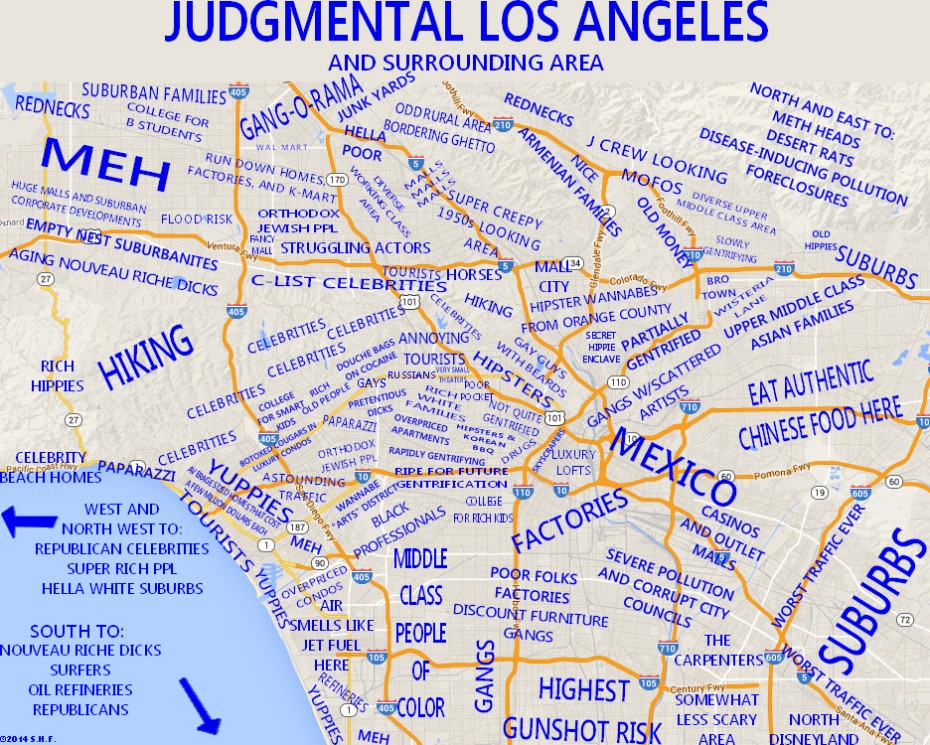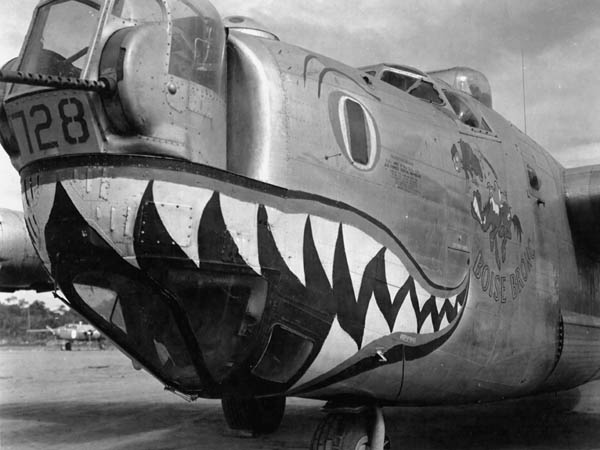http://www.buzzfeed.com/tomphillips/the-stereotype-map-of-every-us-state-according-to-british-pe
Bet you didn't know that Ford had its own pilots to test the B-24 Liberators it was building for the ARMY at the rate of one every 55 MINUTES!! A little bit of history for aviation buffs.This was BEFORE Pearl Harbor ! Ford's B-24 Bomber Plant at Willow Run, Mich. Henry Ford was determined that he could mass produce bombers just as he had done with cars.He built the Willow Run assembly plant and proved it.It was the world's largest building under one roof.
http://googleblog.blogspot.com/2014/04/go-back-in-time-with-street-view.html
If you’ve ever dreamt of being a time traveler like Doc Brown, now’s your chance. Starting today, you can travel to the past to see how a place has changed over the years by exploring Street View imagery in Google Maps for desktop. We've gathered historical imagery from past Street View collections dating back to 2007 to create this digital time capsule of the world.Now *you* can be just like the Compton, California police!
The Easter Rocket War of Vrontados
http://www.theatlantic.com/infocus/2014/04/the-easter-rocket-war-of-vrontados/100720/
http://www.theatlantic.com/infocus/2014/04/the-easter-rocket-war-of-vrontados/100720/
Every Easter, in the Greek village of Vrontados, members of rival churches sitting across a small valley stage a "rocket war" by firing thousands of homemade rockets towards each other while services are held. The objective for each side is to strike the bell of the opposing church. The festival, called Rouketopolemos, has been celebrated by the churches of Agios Markos and Panagia Erithiani for at least 125 years, its exact origins a mystery.




